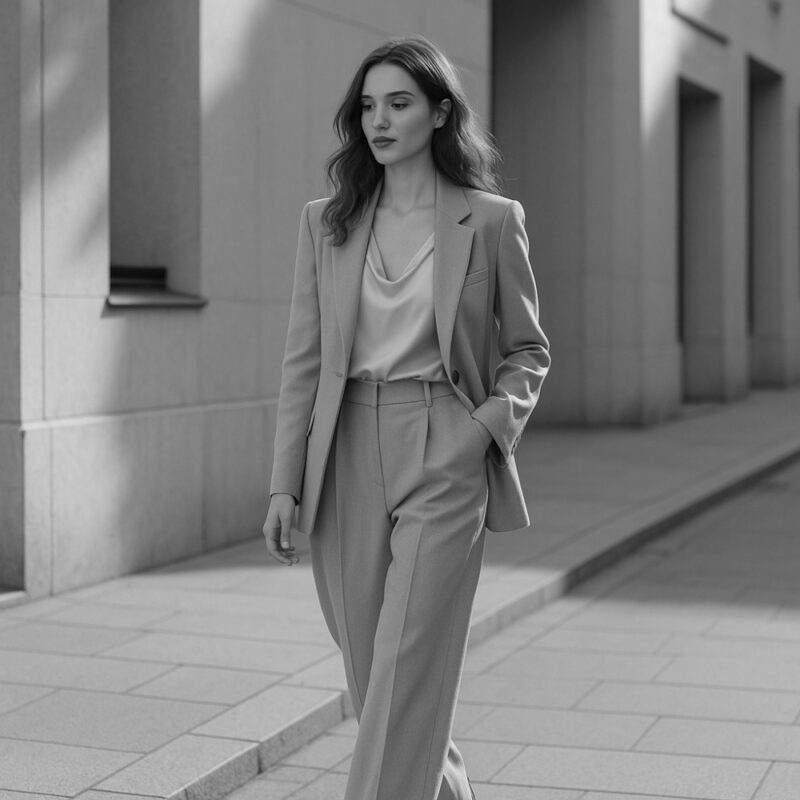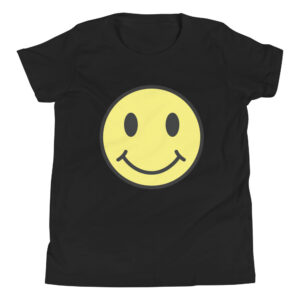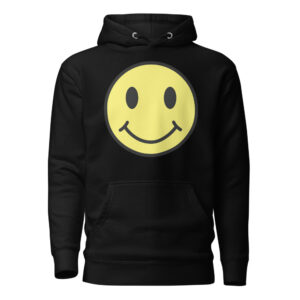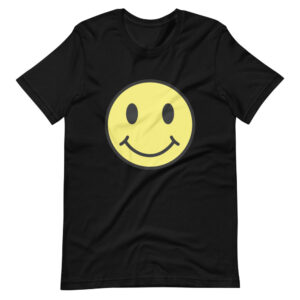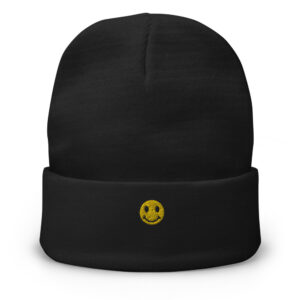The Subtle Return of Refined Simplicity
There’s a quiet movement unfolding in fashion — one that whispers of balance, timelessness, and calm restraint. The revival of 90s minimalism has brought simplicity back to the spotlight, not as a trend but as a lifestyle choice. In an age of overstimulation, clean lines and muted tones are the modern antidote to excess.
Rediscovering the Heart of 90s Minimalism
The original 90s minimalism era was about more than neutral clothing — it reflected a mindset. Designers like Calvin Klein, Jil Sander, and Helmut Lang defined the look through sleek tailoring, structured silhouettes, and quiet confidence. The style favored quality fabrics, honest craftsmanship, and understated beauty.
Today, those principles return with a softer hand. The minimalist of now values longevity over novelty — matte silks, crisp cottons, and structured wool coats that hold their form yet move gracefully. It’s not about removing personality; it’s about refining it.
Why 90s Minimalism Speaks Louder Than Trends
In an ever-changing digital culture, 90s minimalism feels like a breath of calm. It represents a pause — a way to dress with purpose instead of noise. People are turning toward clarity and balance, seeking wardrobes that align with sustainability and self-assurance.
This aesthetic’s quiet power lies in its adaptability. A simple black dress works across seasons; a perfectly cut blazer transforms casual denim. Each garment earns its place through versatility, creating a wardrobe that’s as thoughtful as it is beautiful.
Building a Minimalist Wardrobe with Modern Ease
Recreating the look begins with the essentials. Start with a neutral base — white, beige, grey, or black — and focus on timeless cuts. A pair of high-waisted trousers, a soft cashmere sweater, and a clean-lined trench coat form the backbone of the look.
Accessories should follow suit: a structured leather bag, minimalist loafers, and gold or silver jewelry that accentuates rather than overwhelms. When styling, the goal is ease — garments that flow seamlessly from morning to night without losing elegance.
The Emotional Appeal of 90s Minimalism
Beyond aesthetics, minimalism offers emotional relief. The simplicity of a curated wardrobe reduces decision fatigue and fosters confidence. Wearing fewer, finer pieces becomes an act of self-expression — one that reflects calm and control rather than chaos.
This emotional connection to fashion mirrors broader cultural shifts. Consumers are craving mindfulness, slower living, and personal authenticity. 90s minimalism fits naturally into this philosophy, allowing space for individuality within restraint.
How Designers Are Reinterpreting 90s Minimalism Today
Modern designers are reimagining minimalist codes through texture and movement. Label founders who grew up in the 90s are blending nostalgia with fresh silhouettes — draped skirts in lightweight wool, sculpted blazers with soft shoulders, and muted palettes that feel grounding rather than stark.
The new wave of minimalism embraces imperfection too. A wrinkled linen shirt or a slightly oversized blazer feels more human than polished perfection ever could. The message is simple — elegance exists in ease.
The Enduring Power of Quiet Style
Minimalism’s return isn’t just a passing revival; it’s a recalibration. As the world accelerates, the appeal of slowness grows stronger. 90s minimalism reminds us that true style doesn’t need spectacle — it thrives on intention.
This quiet movement champions confidence without clutter, encouraging us to buy less, choose well, and live with grace. It’s fashion’s soft rebellion — a whisper that outlasts every shout.


